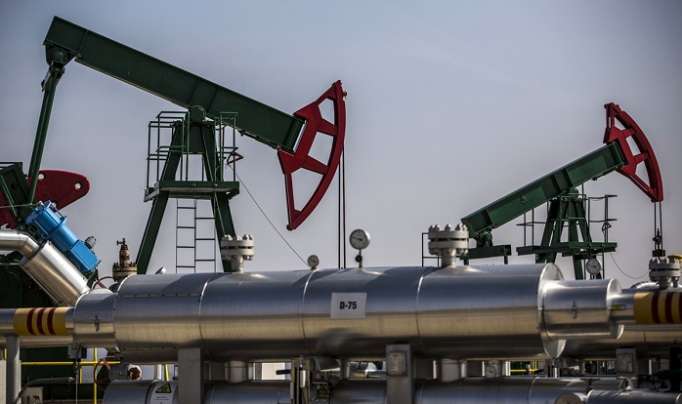Meanwhile, the prospect of a U.S.-China trade war rattled global financial markets after President Donald Trump directed American officials to identify another $200 billion worth of Chinese goods for additional tariffs.
Crude has been whipsawed this month amid speculation the growing trade spat between the U.S. and China could curtail economic expansion and limit oil demand growth, and as Saudi Arabia and Russia signaled plans to raise production. Prices in London have lost more than 3 percent this month ahead of an OPEC meeting on Friday in Vienna where members will discuss easing production curbs in place since early 2017.
“While according to press reports the size of the output increase under discussion is pointing to a hike of between 300,000 to 600,000 barrels a day, you can never be sure about the outcome of the OPEC meeting until it ends,” Satoru Yoshida, a commodity analyst at Rakuten Securities Inc., said by phone from Tokyo. “Given the huge potential negative impact of a tit-for-tat trade war between the U.S. and China, the situation needs to be closely monitored.”
Sliding Lower
West Texas Intermediate for July delivery fell as much as 1 percent to $65.18 a barrel on the New York Mercantile Exchange and traded at $65.24 at 3:43 p.m. in Tokyo. The contract added 79 cents to $65.85 on Monday. Total volume traded was about 6 percent below the 100-day average.
Brent futures for August settlement lost as much as 73 cents, or 1 percent, to $74.61 a barrel on the London-based ICE Futures Europe exchange. Prices on Monday gained 2.6 percent to $75.34. The global benchmark crude traded at a $9.59 premium to WTI for the same month.
Futures fell 1.7 percent to 459.1 yuan a barrel on the Shanghai International Energy Exchange. Trading on the gauge was closed for a Chinese public holiday on Monday.
In a White House statement Monday evening, Trump said that he had instructed the U.S. Trade Representative’s office to identify $200 billion in Chinese imports for additional tariffs of 10 percent. China quickly promised to retaliate with “strong” counter measures if the America rolls out new duties.
U.S. equity futures and Asian stocks declined on the news while safe-haven assets such as gold and the yen climbed.
OPEC Compromise
Meanwhile, investors are also awaiting what could be one of the most contentious OPEC meetings in recent history as discussions over whether to increase output heats up. Saudi Arabia’s Energy Minister Khalid Al-Falih said it’s “inevitable” that OPEC and allies will agree to gradually boost output, while Iran threatened to veto a proposal with Iraq and Venezuela.
Despite Iran’s opposition, officials from a number of other countries are optimistic that an agreement can be won for a relatively modest hike at this week’s meeting in Vienna, according to people briefed on the talks, who asked not to be named discussing private conversations.
OPEC members are discussing an agreement that delivers 300,000 to 600,000 barrels a day of additional oil supply to global markets over the next few months, according to the people, much less than the proposal put forward by Russia and Saudi Arabia calling for a 1.5 million-barrels-a-day increase.
The Bloomberg
More about: oil















































